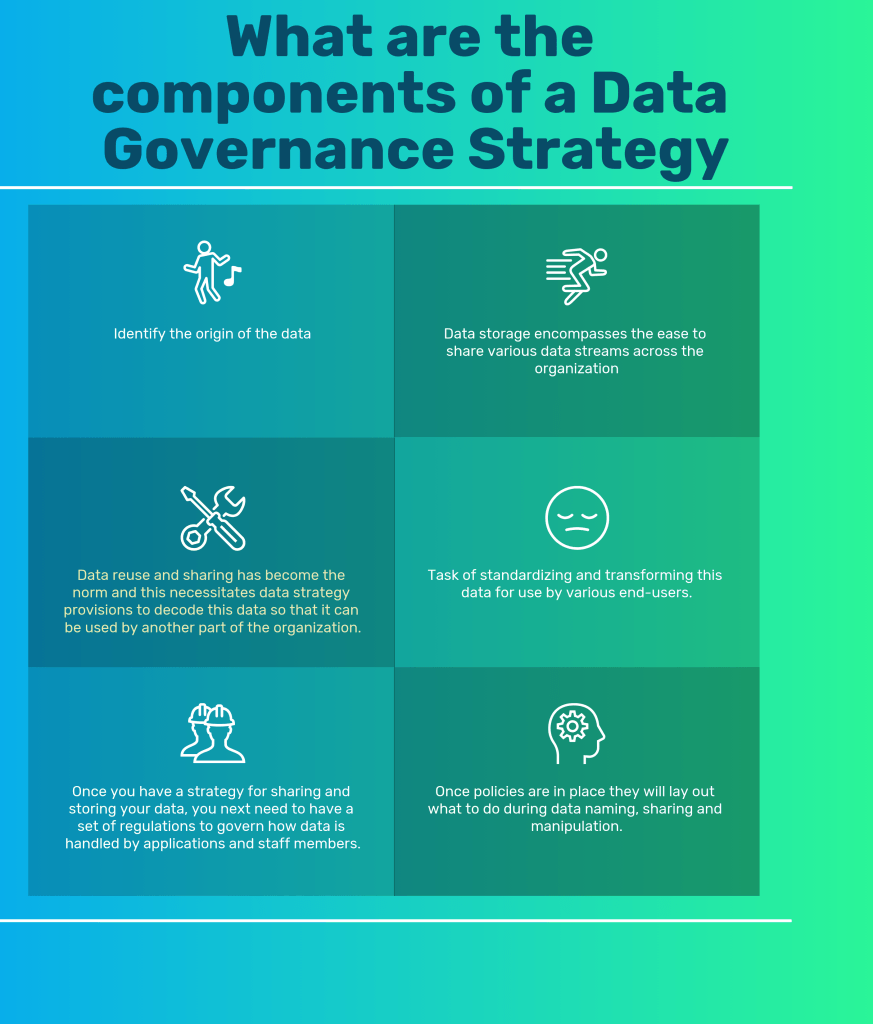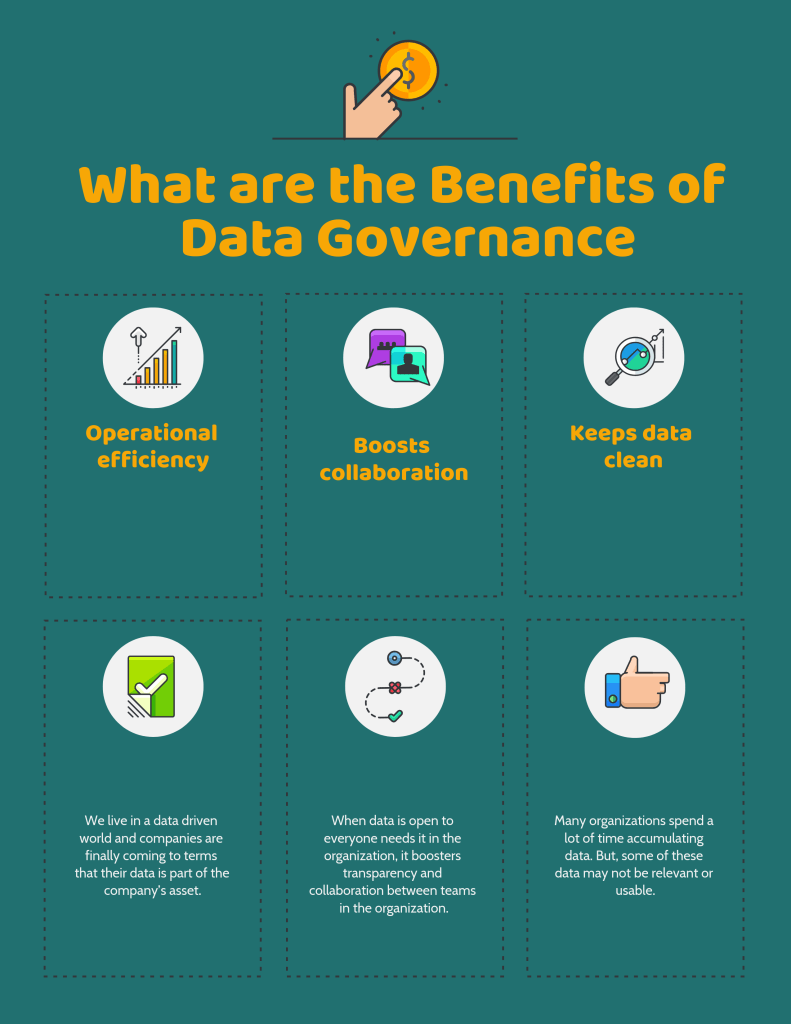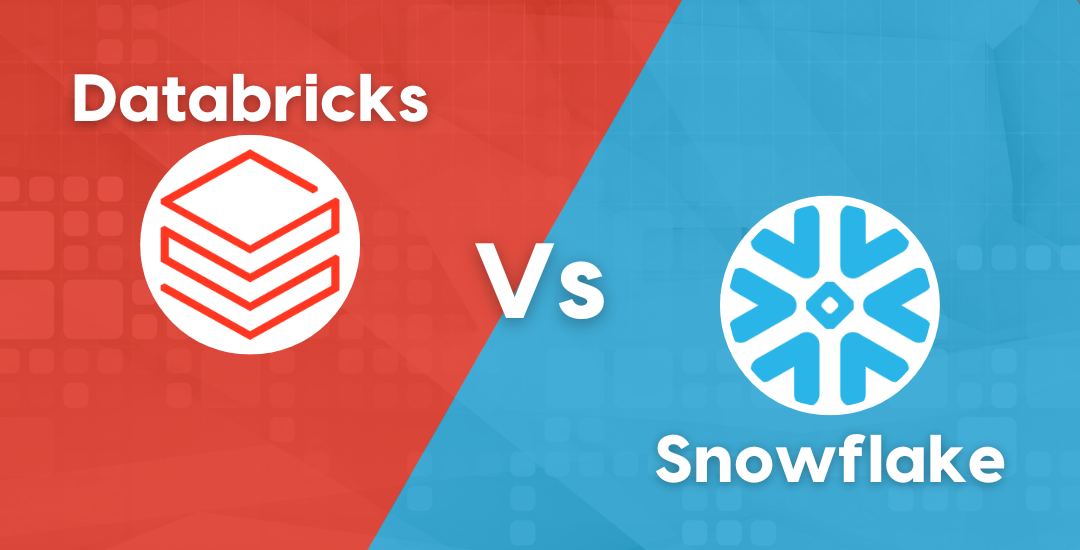BUILDING DATA GOVERNANCE STRATEGY
The definition of a company’s assets has changed over the years. It has moved from physical buildings to virtual assets like intellectual property. But, few companies realize how important their data is. Increased sharing of company data necessitates companies to develop solid framework of regulations to regulate how data is handled, managed, and processed.
This requires the input of all peoples who are exposed to the data. Data governance extends to physical storage of the data to policies on how data is moved and processed to serve the end users.
What is Data Governance?
Data governance involves setting up procedures and regulations to enable the smooth sharing, managing, and availability of data. The idea is to prevent an overlap of resources. When you have data governance procedures you experience faster decision making processes while moving data from just a company’s by-product to a critical asset within the organization.
Most of the time a company mentions the term data governance it is mostly used to refer to data storage. But, governance involves more than this. It will extend to how you acquire this data, use it and distribute it to the various company departments. Governance will encompass data security, retrieval, synchronization, and ensuring the accuracy of the data.
What is Data Governance Strategy?
A data governance strategy defines how data is named, stored, processed, and shared. Instead of data being a byproduct of your applications, it becomes a vital company asset. The strategy defines how data will be used efficiently in an organization.
In this regards, the company will set up processes and structures to clean, store and share this data. This process eliminates duplication of resources while enabling access to vital data by those who need it in an organization. When you have an effective data governance strategy you can tell where data originates from, where it is stored, and who can access it. Data strategy precedes regulatory compliance. Actually, it boosts compliance.
What are the components of a Data Governance Strategy?
When you have a data governance strategy, you are able to manage and share data across various teams in the organization. The biggest problem with data governance strategy has been defining it too thin. Conventionally, most organization will ensure that the servers holding their data is well secured.
A lot of investments will go into the purchase of servers and developing strong rooms. But, data governance goes beyond this to having a framework on how you access the data to how you share it among the various organizational structures.

Five vital components ensure you have an efficient data strategy.
1. Identify
Before you can implement any data strategy you have to first seek to understand the data you have. You also have to identify the origin of the data. Data can either be structured or unstructured. Once you have identified the data, you can then proceed to cleaning, manipulation and storage. Just like you identify residential houses through postal addresses, your data has to be well catalogued. In this regards, the data will have a name, a value, defined format, and source.
2. Storage
Data storage is more than physical storage but encompasses the ease to share various data streams across the organization. Organizations use various cloud based applications and there is an overlap as to who gets to use the raw data. The company will allocate storage space depending on the type of data being processed – analytical systems, transactional processing applications or general purpose files. Storage should extend from data creation to include how the same data will be shared and used.
This will also include a plan on how this data will be moved between the various organizational systems. Organizations now have most of their data being transactional in nature; meaning it needs to be moved from one department to another for it to make sense and help in decision making. In other cases, you will have data being shared among different companies.
this data. It is also becoming impossible to store your data in just one location. This poses logistical problems in uploading the data. When you have an efficient storage strategy it will help users access data without the need of copying it.
3. Provision
When the IT infrastructure was in its infancy stage, applications would be stored on a single computer or server. Other users would then need to make a copy of the data and then process it to meet their needs. Today, the IT world has changed and their many applications that share the same data.
You have applications on cloud and departments will pass on data among themselves for decision making. Data reuse and sharing has become the norm and this necessitates data strategy provisions to decode this data so that it can be used by another part of the organization.
Since there are no organizational rules to govern the sharing of this data, you may find bureaucracy arising among the staff members. Instead of data being decoded to serve particular applications it should be done with the user in mind. Sharing of data helps the company to increase their productivity will boosting operational efficiencies.
4. Process
When data is created it is in raw form and of little help to the end user. For it to be useful, it has to go through a process of preparations and transformation. Data can come into the company through internal or external sources. When you have multiple applications you have access to data in its raw form and this makes it hard to digest.
The data has to be processed so that it conforms to a wide range sources within the organization. Developers will be responsible for the task of standardizing and transforming this data for use by various end-users. This is a complicated process and the specialty of data analytics. Complex codes and applications will be deployed for this process to be successful. The aim of process is to ensure that data can be reused and shared.
5. Governance
Once you have a strategy for sharing and storing your data, you next need to have a set of regulations to govern how data is handled by applications and staff members. Setting a governance framework is not the difficult part, the challenge begins with adoption.
Once policies are in place they will lay out what to do during data naming, sharing and manipulation. Gone are the days when creating a data framework was left to the IT department, now it involves all departments that share the data. While developing a governance structure you should ensure that it is not rigorous and complex.
Complexity may lead to data being limited. When data is able to flow to all the organizations constituents, it has the added benefit of boosting productivity.
What are the Benefits of Data Governance?

1. Operational efficiency
We live in a data driven world and companies are finally coming to terms that their data is part of the company’s asset. Instead of data being held by one party, data governance strategies enable the efficient sharing of data. This leads to better decision making processes. Data has moved from being held by the IT department only to HR, customer services, and Finance. When you have centralized data like in the case of ERP and CRM systems you prevent duplication of resources.
2.Boosts collaboration
When data is open to everyone needs it in the organization, it boosters transparency and collaboration between teams in the organization. For example, it is very easy to notice that shared data in a CRM system has been edited or deleted. However, if the company lacks a data governance strategy then it is easy to manipulate data. When different departments in an organization are able to share data it encourages members to gain more insight on the data. This sharing of data ensures that company resources are used efficiently.
3.Keeps data clean
Many organizations spend a lot of time accumulating data. But, some of these data may not be relevant or usable. Having a data governance strategy, ensures that the data you are storing is clean. The data will need to be updated or deleted for it to be relevant. When data is cleaned it ensures that teams make decisions fast.
Conclusion
Data handling was largely the preserve of the IT department. But, with time with have seen a lot of interdependence in systems like CRM or ERP. This has necessitated the need for a data governance strategy to govern how data is named, stored, processed, and shared. When this happens, the organization enjoys faster decision making processes and eliminates duplication of resources. Not all data received and stored is relevant and reusable.
When you have a data strategy in place, you can clean, update and delete some of the data so that it meets the organizations needs and goals. Having a data strategy in place will define how you share data within the organization and with outsiders. With so many regulatory regulations in place, most companies are having data strategies in place to avoid penalties from non-compliance.
Add Comment
You must be logged in to post a comment.









Cheap Proxies Buy
whoah this blog is wonderful i love reading your articles. Keep up the good work! You know, many people are searching around for this information, you can help them greatly.